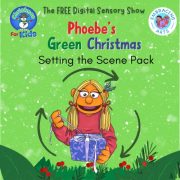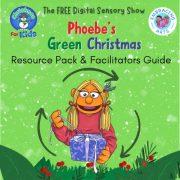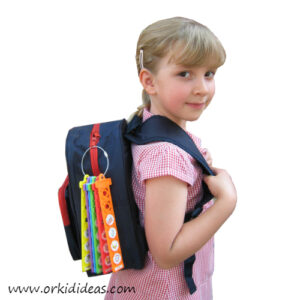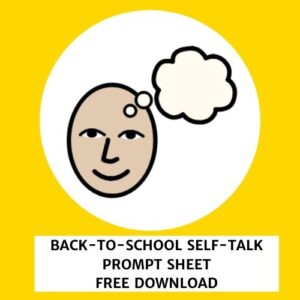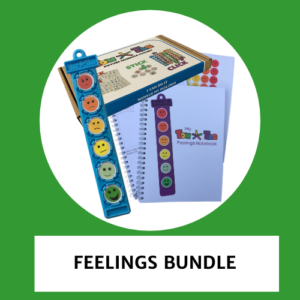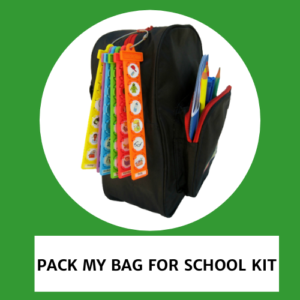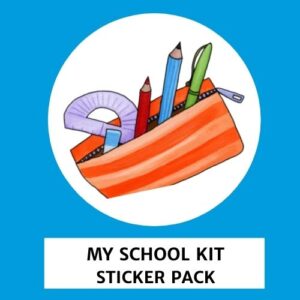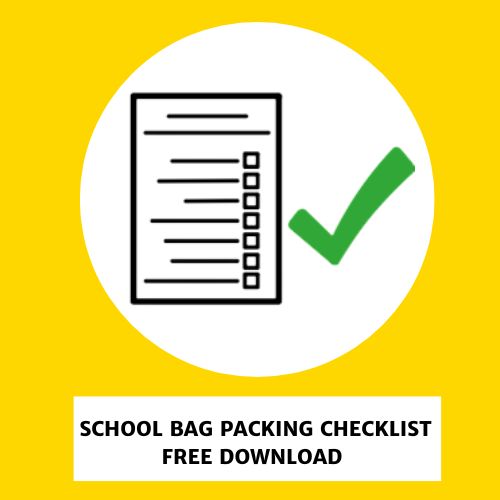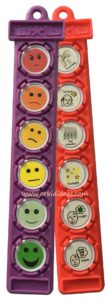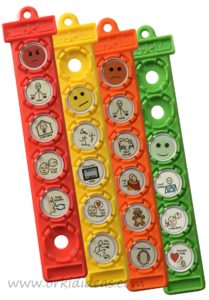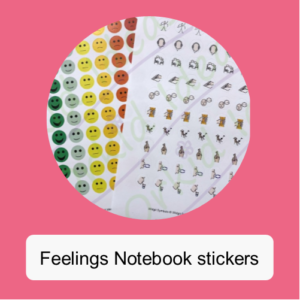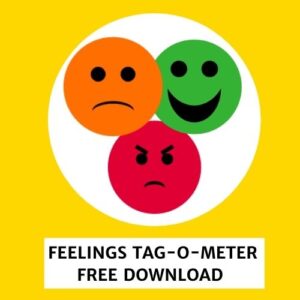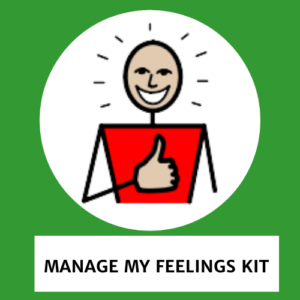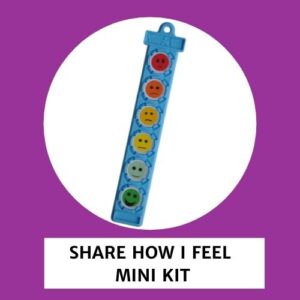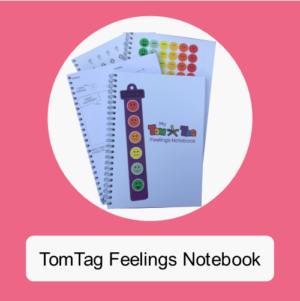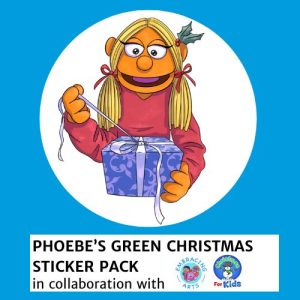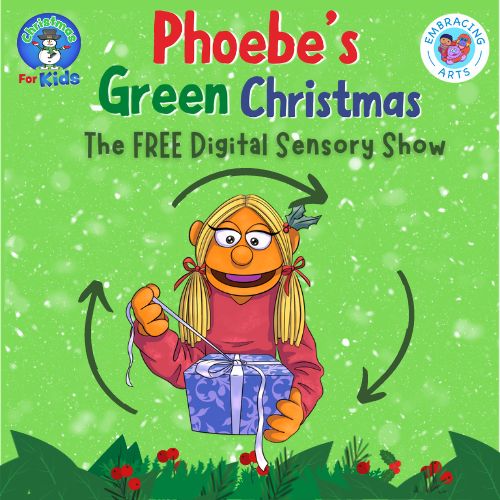
What is Phoebe’s Green Christmas?
If you have a neurodivergent, SEND or child with complex needs, you’ll know how Christmas can often be an isolating and stressful time. Accessing special seasonal activities such as a pantomime or show can be difficult.
Christmas for Kids is the annual festive project delivered by Embracing Arts, which aims to bring accessible, inclusive arts to ALL during the festive season.
This year, they are back with a new free digital sensory show: ‘Phoebe’s Green Christmas’. It is specially designed for SEND, PMLD and neurodivergent children. The show includes sensory elements and a downloadable resource pack to enable children with complex needs to participate in Christmas activities and allow them to create special shared memories with their loved ones. It incorporates keyword signing and is available in captioned and BSL formats.
‘Phoebe’s Green Christmas’ tells the story of Phoebe, the puppet and her footprint – not just the one she leaves in the snow! Inspired to do her bit for the planet in as many magically inventive ways as possible. Follow Phoebe as she makes unique gifts and decorations from everyday items to give her friends the best (and kindest) Christmas.
Watch a trailer for the show here.
How is TomTag involved?
Two downloadable resource packs accompany this show:
- The Setting The Scene pack includes resources to help familiarise your child with the show’s story, characters, and activities, alongside a social story and story massage. To help them enjoy and understand the show.
- The Resource Pack & Guide features festive craft and play activities linked to the story. For example, you can make a visual gingerbread recipe together, just like Phoebe does in the show and resources for making Christmas decorations.
We are delighted to contribute to the resources accompanying the show for a second year alongside other leading SEND organisations.
In the setting of the scene pack, you’ll find printable TomTags that can be used to:
- Create a daily routine to show your child what is going to happen on show day
- Familiarise your child with the show characters and activities before the show
- Communicate how they want to participate in the activities in the show
- Share their wants, needs and any sensory overload during the show
- Choose a self-calming strategy if they become overwhelmed during the show
- Share their feelings after the show
- Choose which activities they want to do after the show
There was some fabulous feedback on last year’s resources:
“The resources were incredibly useful because they made the story and the show less of an unknown for children who struggle with new things.”
“The resource packs made the shows more interactive and had lots of choice for different needs and ways of accessing the story.”
How can I access this free digital SEND sensory Christmas show?
Phoebe’s Green Christmas is offered entirely free to children’s hospice services, SEND schools, families and community groups UK-wide throughout December and January.
Watch the film multiple times in family groups, large Christmas parties, School classrooms, or with you and your child.
As a digital show, the ability to rewatch/repeat certain sections allows you to tailor the experience to your child’s needs so they can enjoy the show at their own pace.
Register for the show and download the resource packs at https://www.embracingarts.org.uk/christmas-for-kids
We have also created a unique ‘Phoebe’s Green Christmas’ kit with our TomTag system. You can use this versatile kit for other Christmas shows and events to help your child understand and manage their sensory and emotional needs.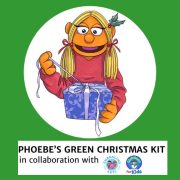
Order your kit here.

